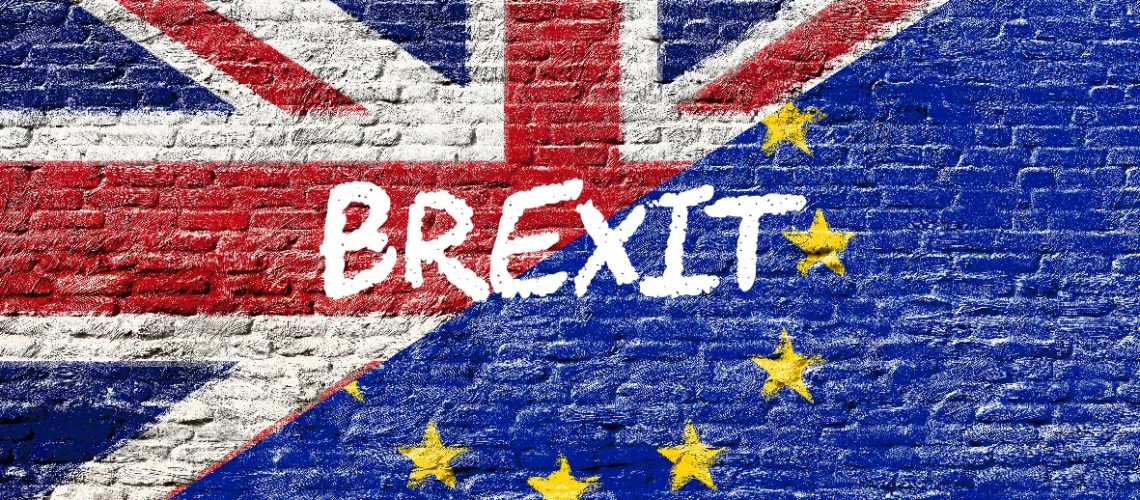Last week the Prime Minister outlined her plan for Brexit with 12 key objectives. So what are they and what do they actually mean?
- Provide certainty about the process of leaving the EU.
The Prime Minister has been criticised for not communicating her plan for Brexit. Her address this week has gone some way to addressing this by telling us how she wants the UK to fit into Europe.
May said: “I recognise how important it is to provide business, the public sector, and everybody with as much certainty as possible as we move through the process.”
However, a lot a doubters are still dubious how much more information she will actually share going forward but, on a positive note, Parliament will get a vote on the final deal with the EU so it should all be officially signed off
- Control of our own laws. Leaving the European Union will mean that our laws will be made in Westminster, Edinburgh, Cardiff and Belfast.
This signals the end of the European Court of Justice for the UK. Decisions will be made by the courts of the country.
- Strengthen the Union between the four nations of the United Kingdom.
According to Theresa May a stronger Britain demands that we strengthen the precious union between the four nations of the United Kingdom. This could allude to her determination that Scotland will join the rest of the UK in working together to build a unified Brexit rather than working against in a bid to remain in Europe. May also has to juggle the political instability in Northern Ireland, which is holding a snap election in March following the collapse of its government.
- Deliver a practical solution that allows the maintenance of the Common Travel Area with the Republic of Ireland.
The prime minister wants control of immigration from Europe, which will almost certainly lead to tougher border controls. But she insists it will not mean a new hard border with the Republic of Ireland. A soft border currently allows tariff and paperwork-free trade between the UK and the Republic of Ireland.
- Control of immigration from the EU.
May announced that she wants complete control of the UK Borders. This is to address the pressure that record levels of net migration is apparently putting on the infrastructure and public services of this country.
- Protect rights for EU nationals in Britain and British nationals in the EU.
This means that the government wants security for EU nationals currently living in the UK, as well as British expats in Europe resulting in Europeans living in Britain having assurances that they will have the right to stay in the country indefinitely and vice versa. But this will be down to each EU Leader – some favour such a deal, but others do not.
- Protect workers’ rights.
Not only will the government protect the rights of workers set out in European legislation, they will build on them. A large proportion of workers’ rights in the UK come from EU law — and May wants to keep them after Brexit. She is effectively pledging to maintain rules such as 48-hour weeks, 20 days of paid leave, and 14 weeks maternity leave for women.
- Free trade with European markets through a bold and ambitious free trade agreement with the European Union.
This is May’s attempt at leaving the single market but still keeping similar trade benefits. One being a single market agreement within the EU for industries such as car exports, plus also some sort of Customs Union agreement that will mean businesses don’t have to pay tariff, which, if successful, will appease a lot of Brexit doubters. The Prime Minister has threatened that if we don’t get these allowances we are prepared to move to a low-tax, low-regulation economy to make the UK more attractive to businesses than the EU.
- New trade agreements with other countries. It is time for Britain to get out into the world and rediscover its role as a great, global, trading nation.
According to May Britain is looking to become more global and do business all around the globe. She was quoted as saying “Countries including China, Brazil, and the Gulf States have already expressed their interest in striking trade deals with us.” Currently the EU customs union prevents the UK from striking free trade deals with other countries so we are looking to exit this agreement and negotiate new ones.
- The best place for science and innovation. We will welcome agreement to continue to collaborate with our European partners on major science, research and technology initiatives.
May wants to keep the open communication with our European partners on major science, research, and technology initiatives. This could include space exploration, clean energy, and medical technology.
- Co-operation in the fight against crime and terrorism. We will continue to work closely with our European allies in foreign and defence policy even as we leave the EU itself.
Britain still wants to be involved in the big European conversations about defence and security. May said “A global Britain will continue to cooperate with its European partners in important areas such as crime, terrorism and foreign affairs.”
- A smooth, orderly Brexit. We believe a phased process of implementation will be in the interests of Britain, the EU institutions and member states.
This is ensuring that after the end of the Article 50 two-year negotiation process the transition is gradual and phased. “We will seek to avoid a disruptive cliff-edge, and we will do everything we can to phase in the new arrangements we require as Britain and the EU move towards our new partnership” the Prime Minister said.
On the whole the plan is showing that May is serious about Brexit and it is most definitely happening. However, it would appear that she is also taking seriously the concerns over European Trade and the benefits currently reaped by UK businesses operating within the EU, looking for the optimum solution.
If it any consolation to some, the negotiations with the individual EU leaders will be a long drawn out affair and, as triggering Article 50 is a two year process, we cannot expect to see any immediate changes in European trade policy.


